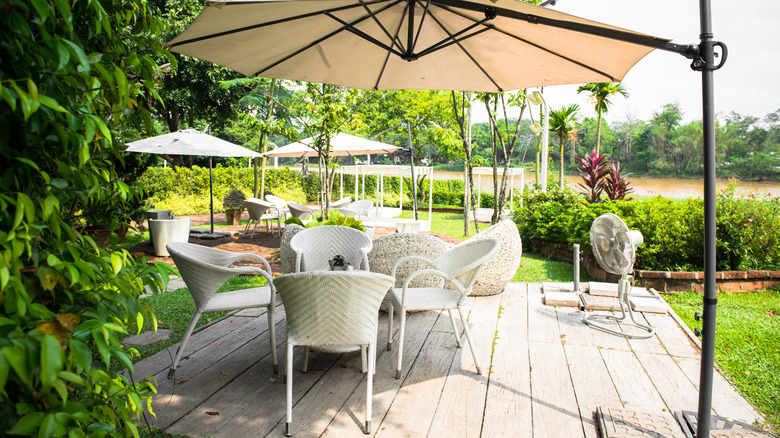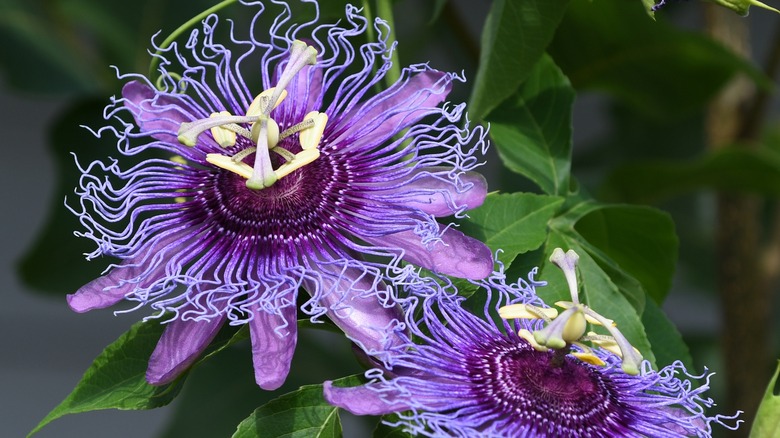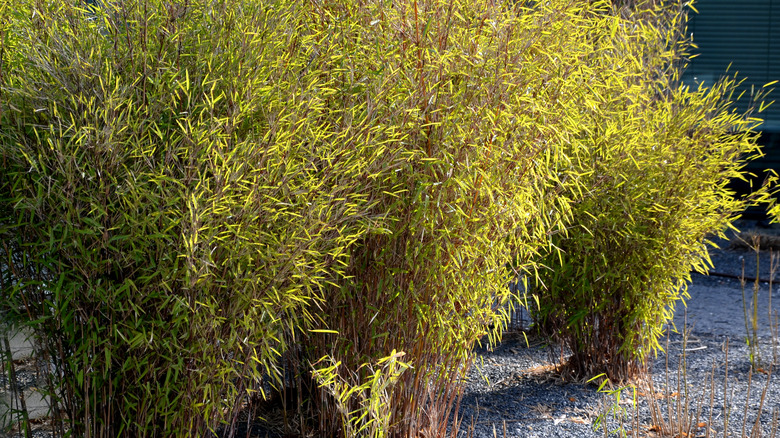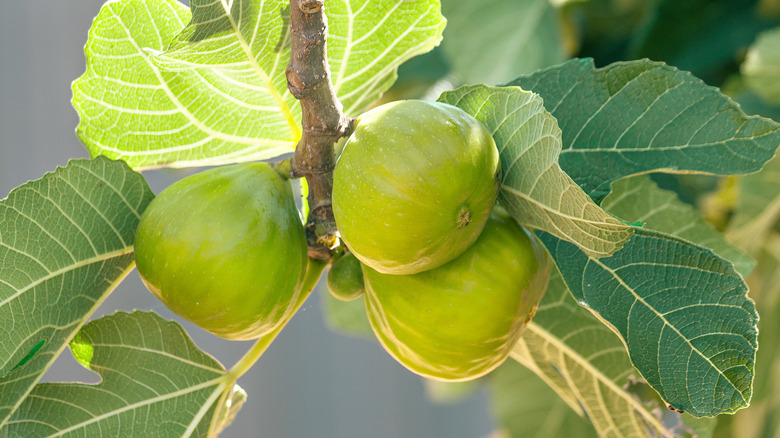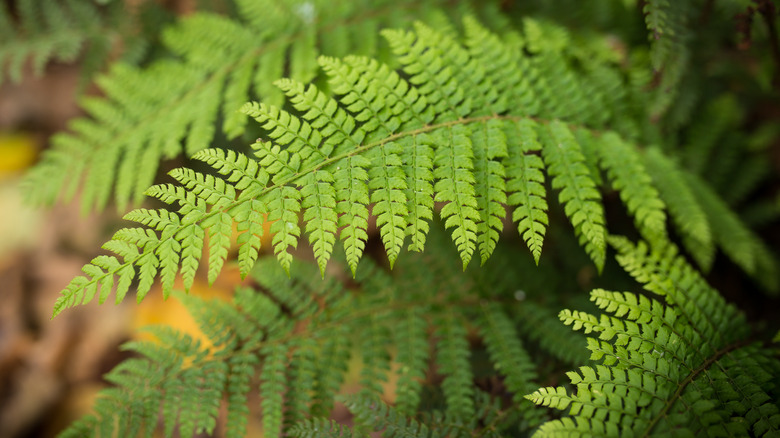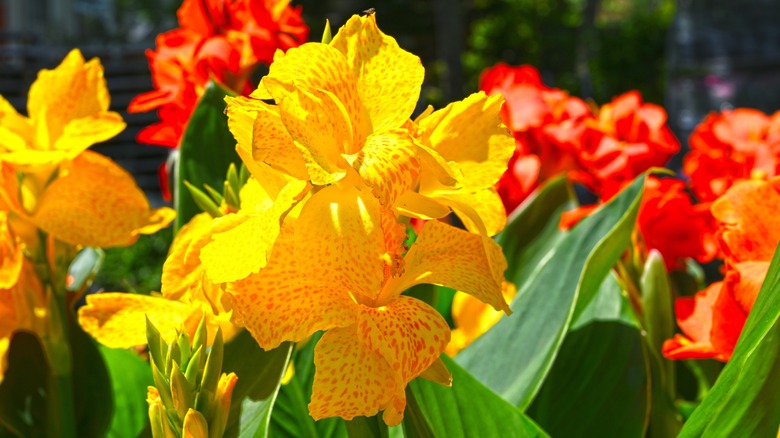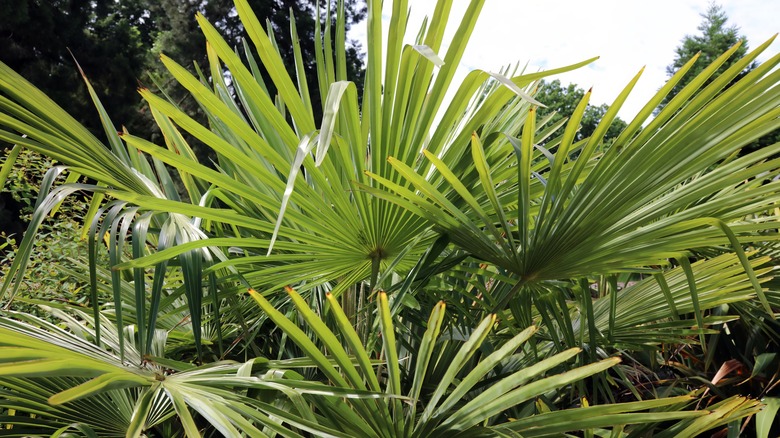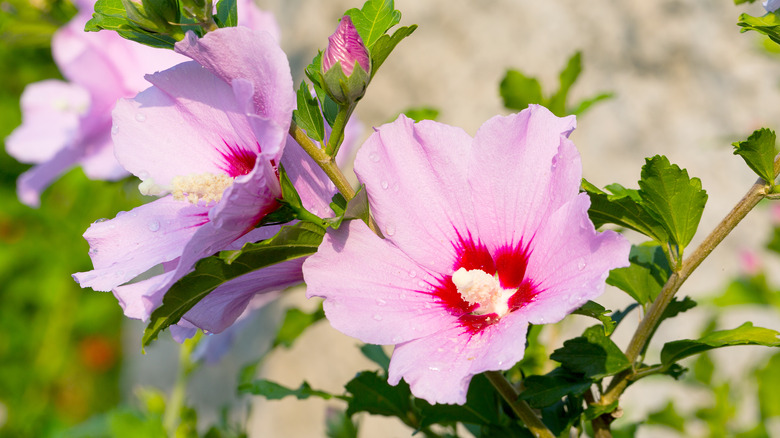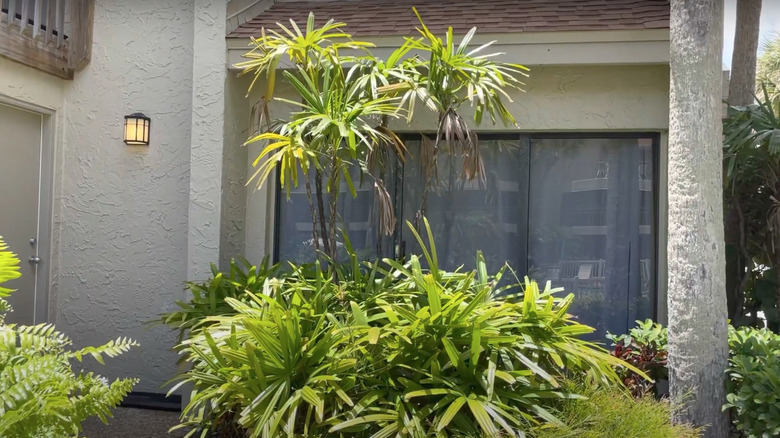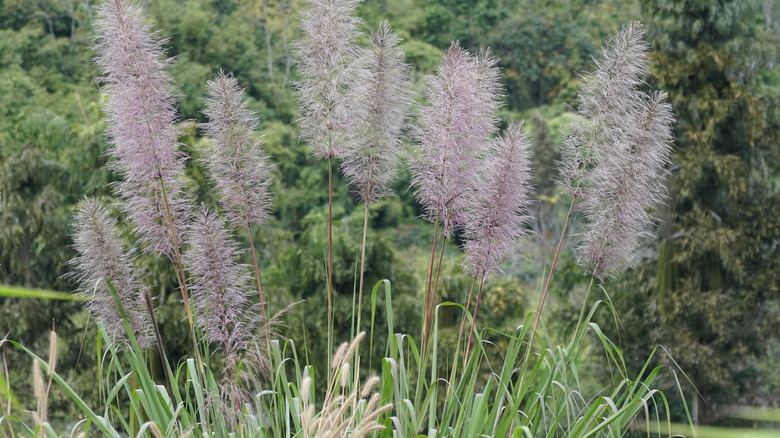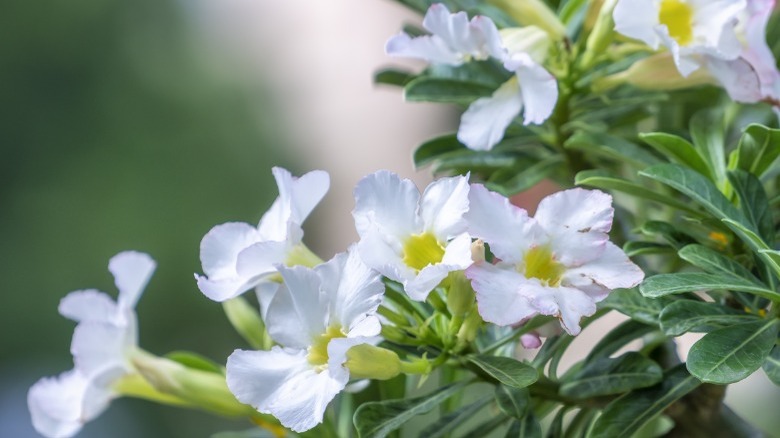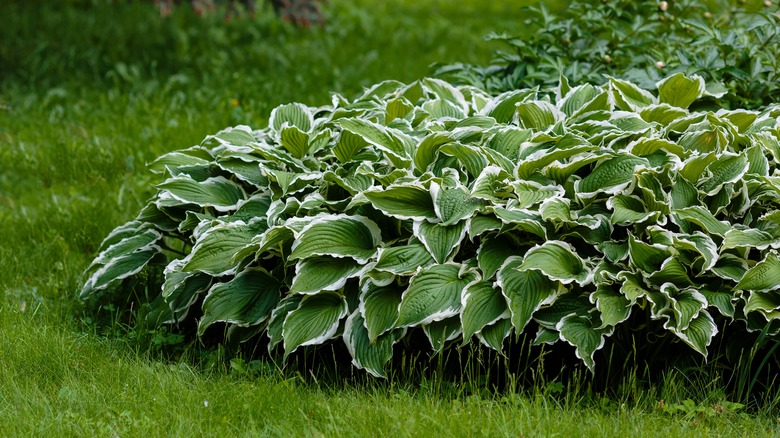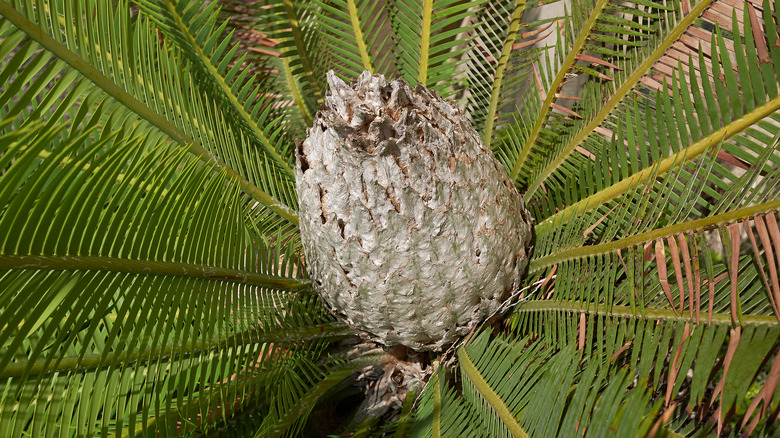Cold-Tolerant Tropical Plants That Will Bring A Touch Of Summer To Your Home Year-Round
Although some of us can't enjoy warm weather all year round, there are cold-tolerant tropical plants we can introduce into our garden to keep the spirit of summer going! Most of us living in zones 1-6 are accustomed to watching our plants go dormant in the winter, and they do this to make it through the cold conditions so that they can grow back around the same time each year.
However, winter can be a dreary season, especially when there aren't any beautiful plants to give our yards a bit of color. Luckily, there are a plethora of options available to keep our properties looking alive, such as the lusciously green Japanese fiber banana plants (Musa basjoo), which can grow up to 15 feet tall and survive negative 20-degree temperatures. We'll list 12 other hardy, beautiful plants, their maintenance requirements, and what to expect once you've committed to the tropical plant parent life.
Maypop
Similarly to Japanese fiber banana plants, maypop flowers (Passiflora incarnata) can also withstand temperatures well below 0 degrees. It's a beautifully unique flower that displays bright purple petals and grows alongside delicious fruit. They grow best in zones 5 through 9 and require well-drained sun and full sun exposure. They're easy to maintain, and you can enjoy the beauty of the flowers from around July to fall.
Clumping bamboo
Clumping bamboo (Fargesia rufa) is another hardy plant that can withstand freezing temperatures and grow 12 inches daily once it has matured. Unlike other bamboo species, clumping bamboo is not invasive and won't take over your yard. Also, it can grow in zones 5 through 9 and requires minimal maintenance once matured, but it will need an average amount of water for about six months to one-and-a-half years during the beginning stages.
Fig tree
If you live in zone 5 and love figs, then you're in luck. Both the Chicago Hardy and Violette de Bordeaux (Ficus carica) varieties can survive winter conditions and produce delectable fruit. Fig trees typically require full sun exposure and plenty of water when first planted, and it's advised to thoroughly soak their roots at least once a week.
Soft shield fern
Although they may look delicate, soft shield ferns (Polystichum setiferum) are actually quite hardy and can survive cold temperatures in zone 5. To ensure they produce gorgeously green foliage, it's important to keep this plant out of the sun and ensure the soil remains moist. It typically grows between 2 to 3 feet tall and will spread wider than its height.
Canna
Cannas (Canna x generalis) are the perfect flowers to promote your garden's colorful, tropical vibe. They're offered in a variety of hues, such as red, pink, yellow, orange, and white. But to protect the plants during the winter time in zones 6 through 7, it's suggested to layer on ample mulch. The flowers will then bloom from July to October and grow anywhere between 2 to 6 feet tall.
Chinese windmill palm
The Chinese windmill palm (Trachycarpus fortunei) exhibits an elegant, fan-like shape that can survive a low temperature of 10 degrees Fahrenheit. You'll typically see it in zones 5 through 7, and it can grow as tall as 10 to 40 feet high. If you decide to grow this plant, it will need partial shade and a regular watering schedule. However, avoid overwatering because this may lead to root and trunk rot.
Hardy hibiscus
Hardy hibiscus (Hibiscus moscheutos] is a beautiful flower that can survive temperatures reaching negative 20 degrees Fahrenheit and be planted in zones 5 through 9. And when springtime comes around, they'll attract hummingbirds, bees, and butterflies. To properly take care of hard hibiscus, you'll need to provide full sun, and it will need plenty of water, especially during dry spells. It can also be placed in different soil types, such as damp or regular garden soil.
Broadleaf lady palm
Broadleaf lady palm (Rhapis excelsa] — or bamboo palm — can handle a low temperature of 18 degrees Fahrenheit. It has a shrub-like appearance and an estimated height of 6 to 15 feet and grows best in areas that provide full to partial sunlight. This plant is also best suited for those living in zones 9 through 11.
Hardy sugar cane
Although sugar cane typically cannot handle colder conditions, there is a variation called cold hardy sugar cane (Saccharum arundinaceum), which can handle cold temperatures in zone 6. However, it's a decorative grass-type plant whose canes cannot be harvested. It also needs about 1 to 2 inches of water each week and full sun exposure.
Hardy jasmine
Jasmine flowers (Jasminum spp.) are mainly known for the lovely fragrance they emit. However, you may not have known that this flower actually relies on the cooler winter weather to help it bloom come spring. There are even times when this flower blossoms in the snow. Additionally, it can grow in zone 6 and handle low temperatures between 10 and negative 5 degrees Fahrenheit. However, your jasmine flowers will need plenty of water and direct sunlight.
Hostas
Hostas (Hosta spp.) can withstand various cold temperatures from zones 3 to 9 and impressively survive an extremely low temperature of negative 40 degrees Fahrenheit. However, certain aspects can cause harm to your hostas during the winter, such as if you were to plant them in a container, which would increase their exposure to cold conditions. Also, if you sow them at the end of fall, their roots won't have enough time to dig down far enough to shield themselves. So, be sure to plant them before frost is first expected to appear.
Chestnut dioon
The chestnut dioon (Dioon edule) looks absolutely amazing once fully grown and can handle temperatures as low as 22 degrees Fahrenheit. It can be found in zones 9 through 11 and reaches 6 to 8 feet tall. It typically needs an average amount of water throughout the year, but it should be reduced during the winter because too much water may cause the soil to dry out.
